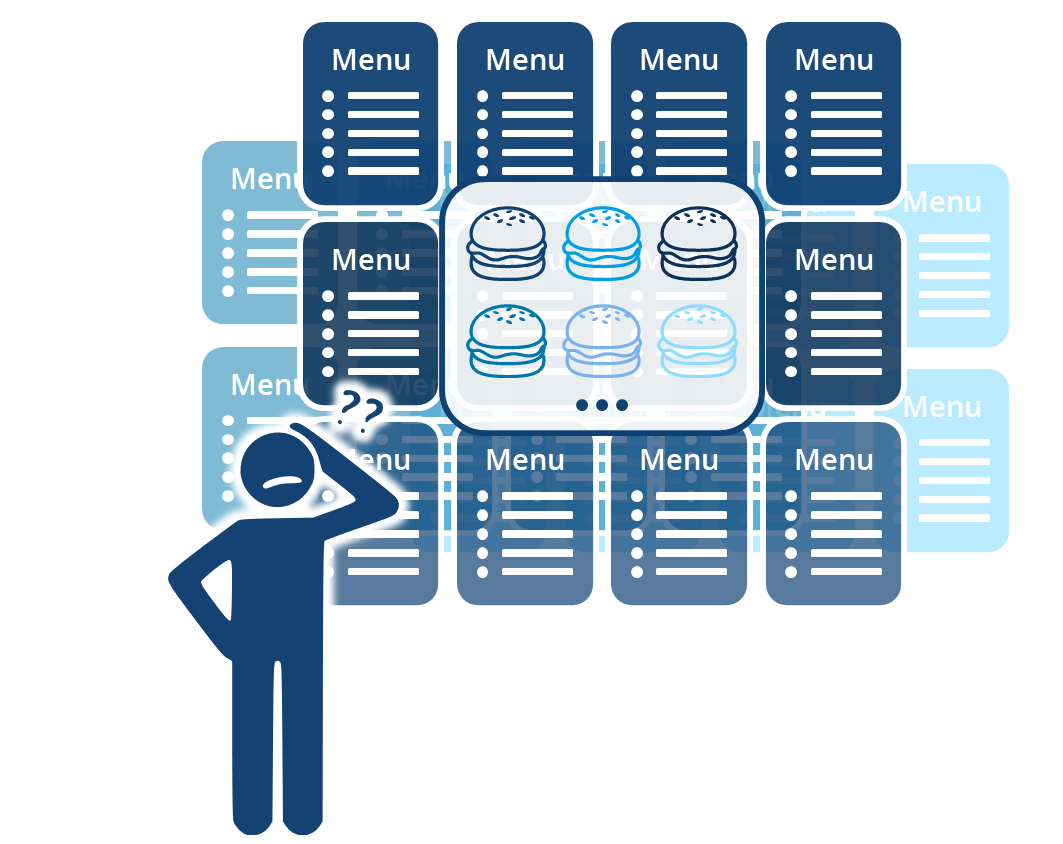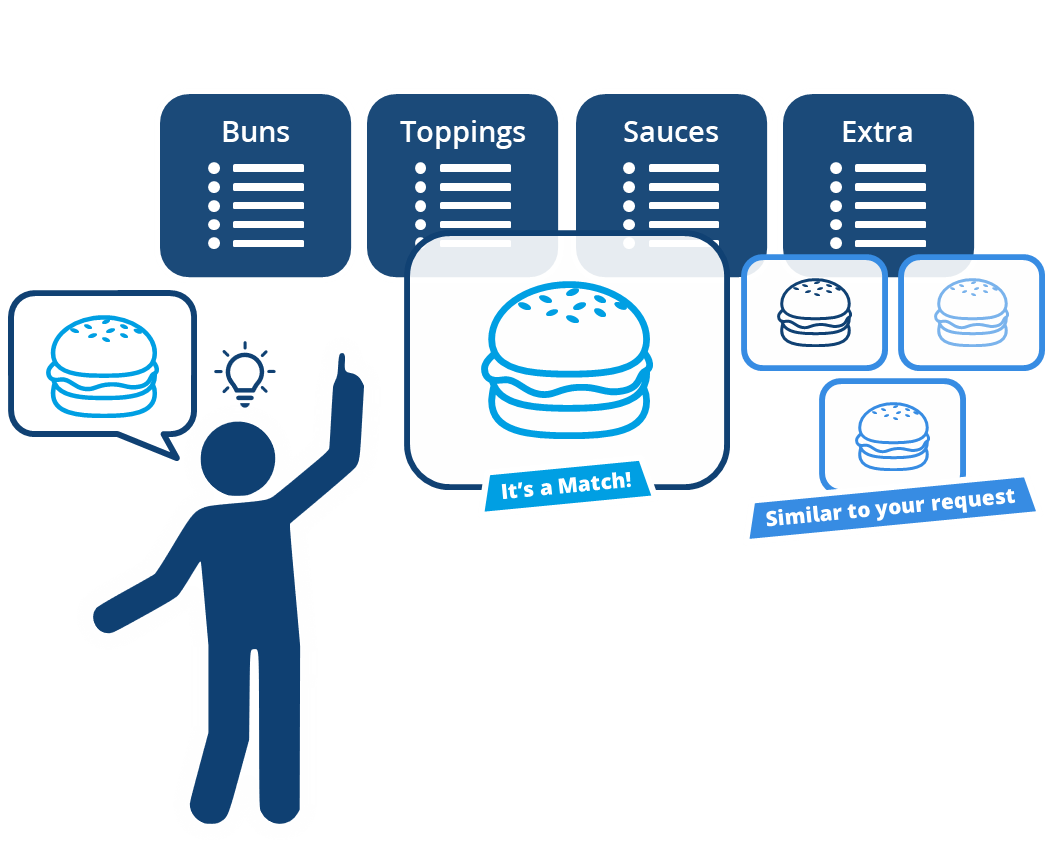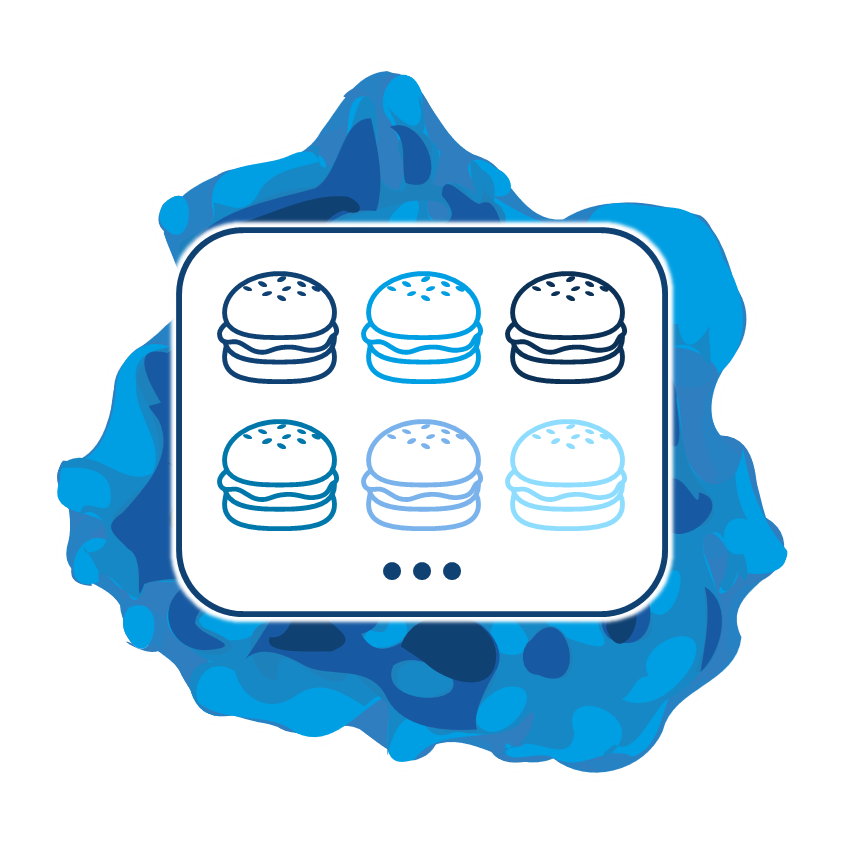Combinatorial vs. Enumerated
Simplified with Burgers
When faced with many options, whether it's burgers or chemical compounds, there are two ways to choose the right one: combinatorial or enumerative. Let’s dive into these concepts using our favorite bite—burgers! By the end, you'll understand why the combinatorial approach is a game-changer in both the kitchen and drug discovery.


